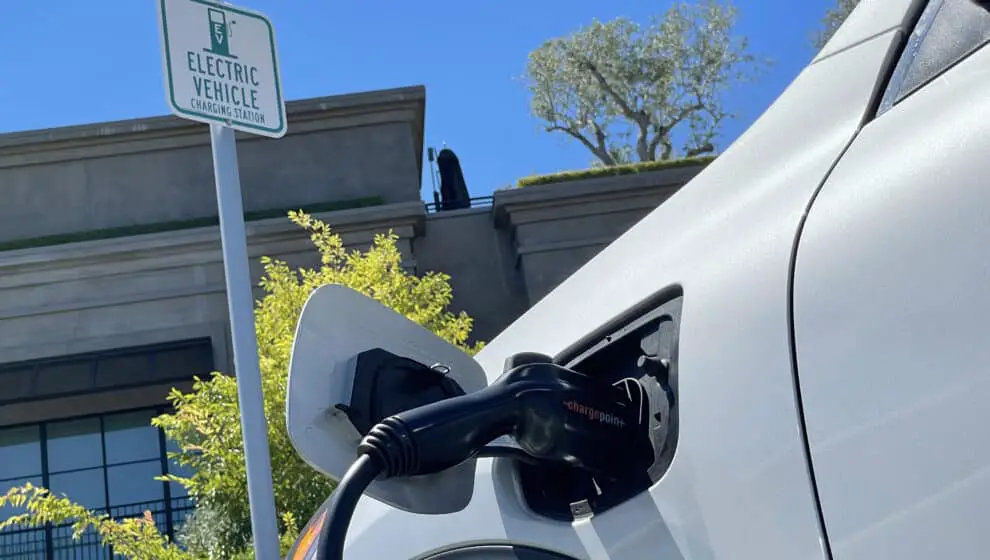Electric vehicles (EV) are indeed here to stay.
Currently, 5% of new car sales are EVs, which signifies a major tipping point, industry experts say. If the U.S. follows the trend of the 18 previous countries to pass the threshold, in three years, 25% of new car sales will be electric.
A Bloomberg analysis of adoption rates around the world shows that this 5% threshold, up from 3% the year before, signals the start of a mass adoption for this transformative transportation technology.
What makes 5% the tipping point? With most new technologies, sales are slow to grow and relatively unpredictable. But once consumers catch on to the product and it gains popularity, sales rapidly go up. With electric vehicles, that tipping point seems to fall at that 5% mark.
In August 2021, The Biden Administration issued an order stating that America must lead the world on clean and efficient cars and trucks. It set a goal that 50 percent of all new passenger cars and light trucks sold by 2030 be zero-emission vehicles, including battery electric, plug-in hybrid electric, or fuel cell electric vehicles. If the trend continues at the rate it is now, the U.S. should beat that goal well before 2030, according to the Bloomberg analysis.
The 5% threshold sends signals to both consumers and to manufacturers. At that adoption rate, consumers begin to realize that EVs are for real, and they begin to jump on board. For manufacturers, it signals proven consumer demand and provides the impetus for them to refit manufacturing facilities to support continued growth. Volkswagen, Ford, and BMW are each targeting at least 50% of their global sales to be fully electric by the end of this decade.
Ford announced in September 2021 its plan to build a mega campus in Tennessee and twin battery plants in Kentucky. The company said the plants will bring zero-emission vehicles at scale to American customers with the largest, most-advanced, and most-efficient auto production complex in the company’s history. Ford also stated that it is investing $525 million in the U.S. to train skilled technicians to service connected, electric zero-emission vehicles.
The U.S. has joined the list of big EV adopters coming in at 5.3% of sales being electric. Norway has a strong 83.5% of all new car sales being electric, followed by Iceland at 51.7% and Sweden at 28.7%. Similar to the U.S., South Korea is at 6.5%, New Zealand at 6.2%, and Italy at 4.2%.
But matching the adoption rate of those leading countries will not be easy. One stumbling block could be a sufficient amount of charging stations. The federal government has funded its goal to install 500,000 public chargers—publicly accessible charging stations compatible with all vehicles and technologies—nationwide by 2030. However, even that addition of half a million public chargers could be far from enough. The consulting firm McKinsey estimates that America would require 1.2 million public EV chargers and 28 million private EV chargers to support the anticipated growth of EVs by 2030. All told, the country would need almost 20 times more chargers than it has now, McKinsey says.
